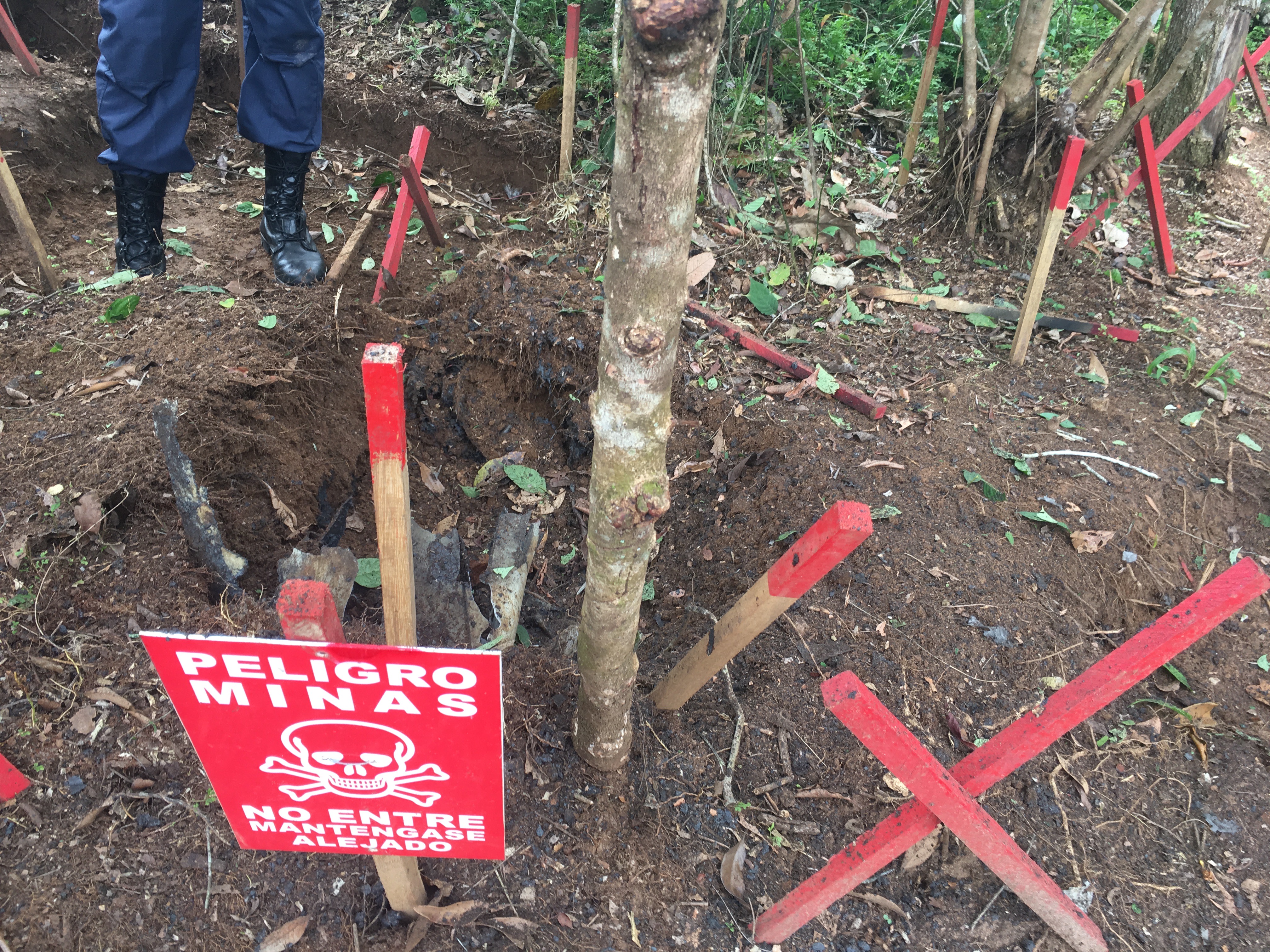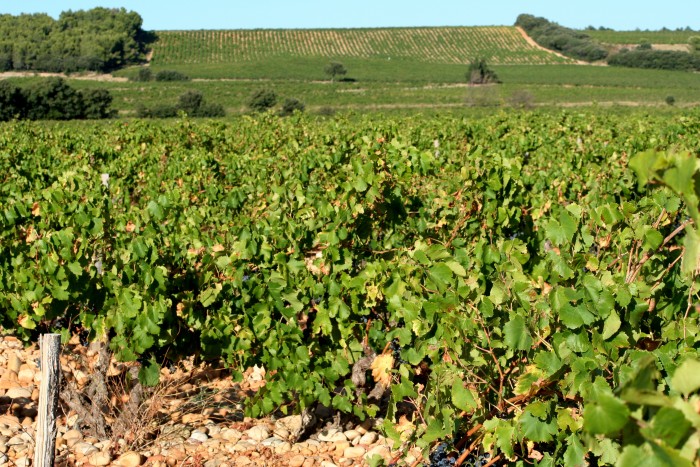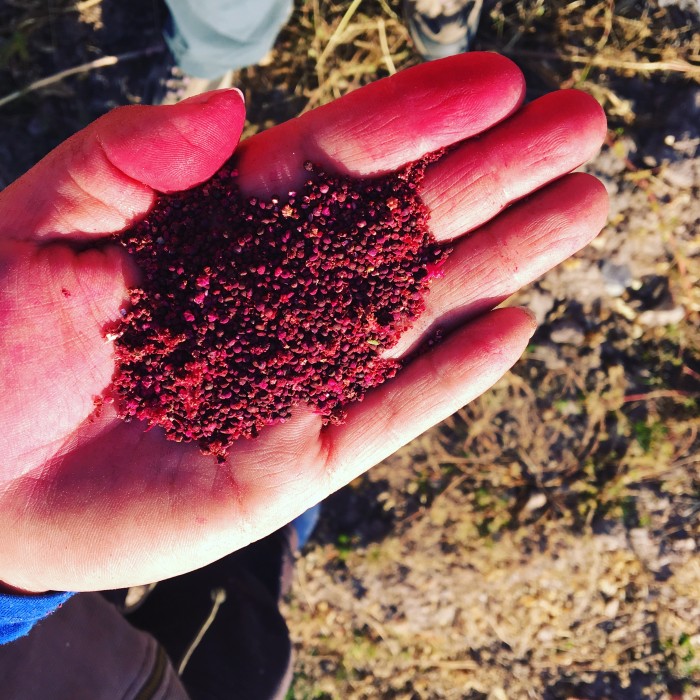Quinoa’s Exceptional Interspecific Diversity
Quinoa (Chenopodium quinoa) has been cultivated in the Andean highlands for millennia. Domesticated five thousand to seven thousand years ago by agriculturalists living along the shores of Lake Titicaca, quinoa is one of only a handful of crops to survive in the Andean Altiplano’s harsh clime. In fact, quinoa thrives at altitudes between 2,500 and 3,900 MASL, where frequent droughts, constant aridity, and extreme diurnal temperature fluctuations present a formidable environment for most agricultural production (even hardy crops like maize and sweet potatoes that thrive just 1,000 meters closer to sea level, for instance, cannot bear fruit on the Altiplano).
Read More “Can Markets Save Agricultural Diversity?: Quinoa as a Case Study”


